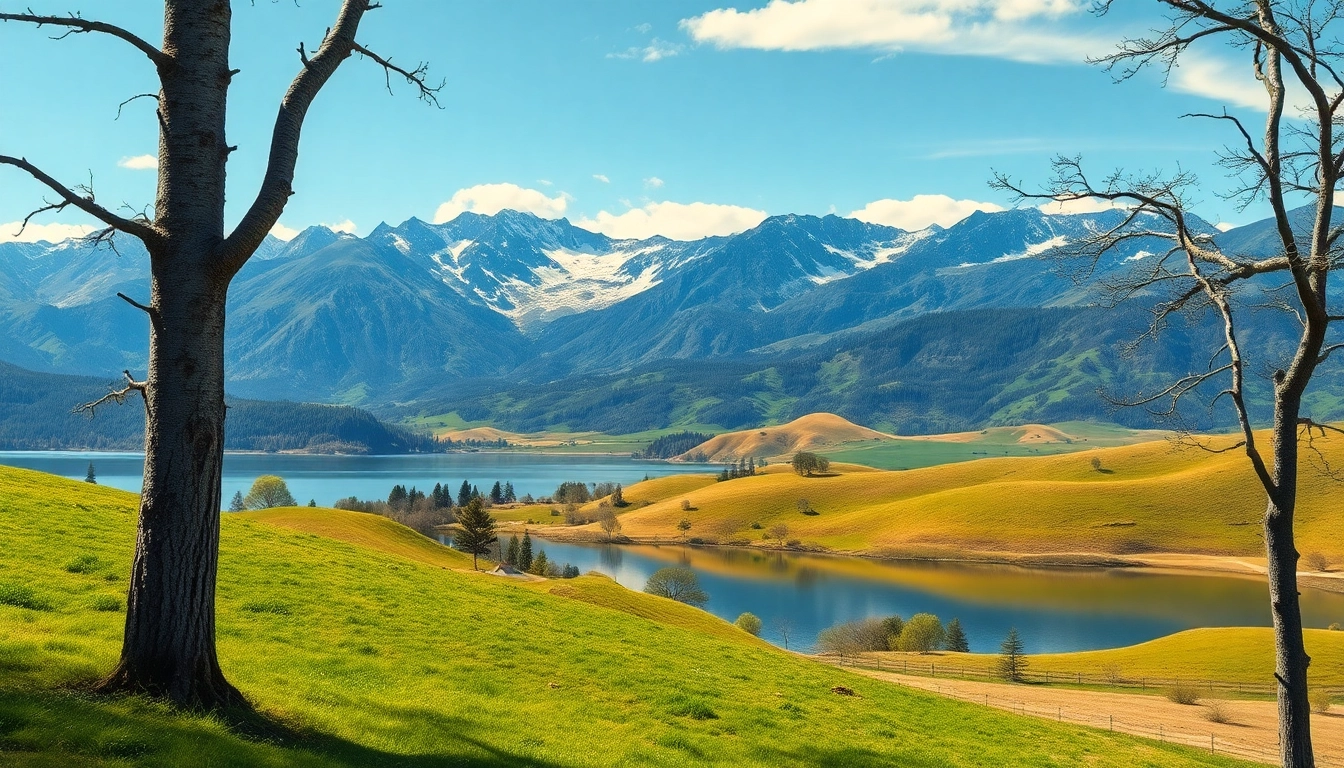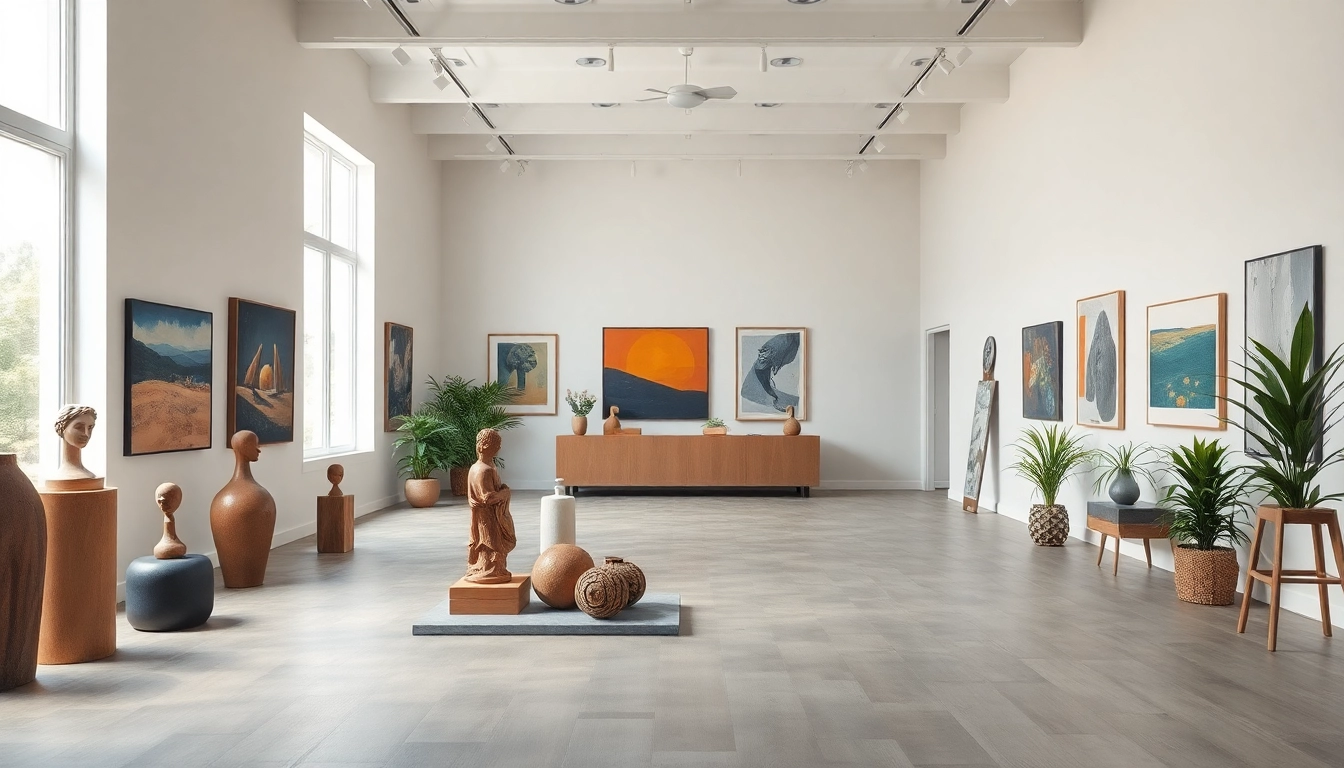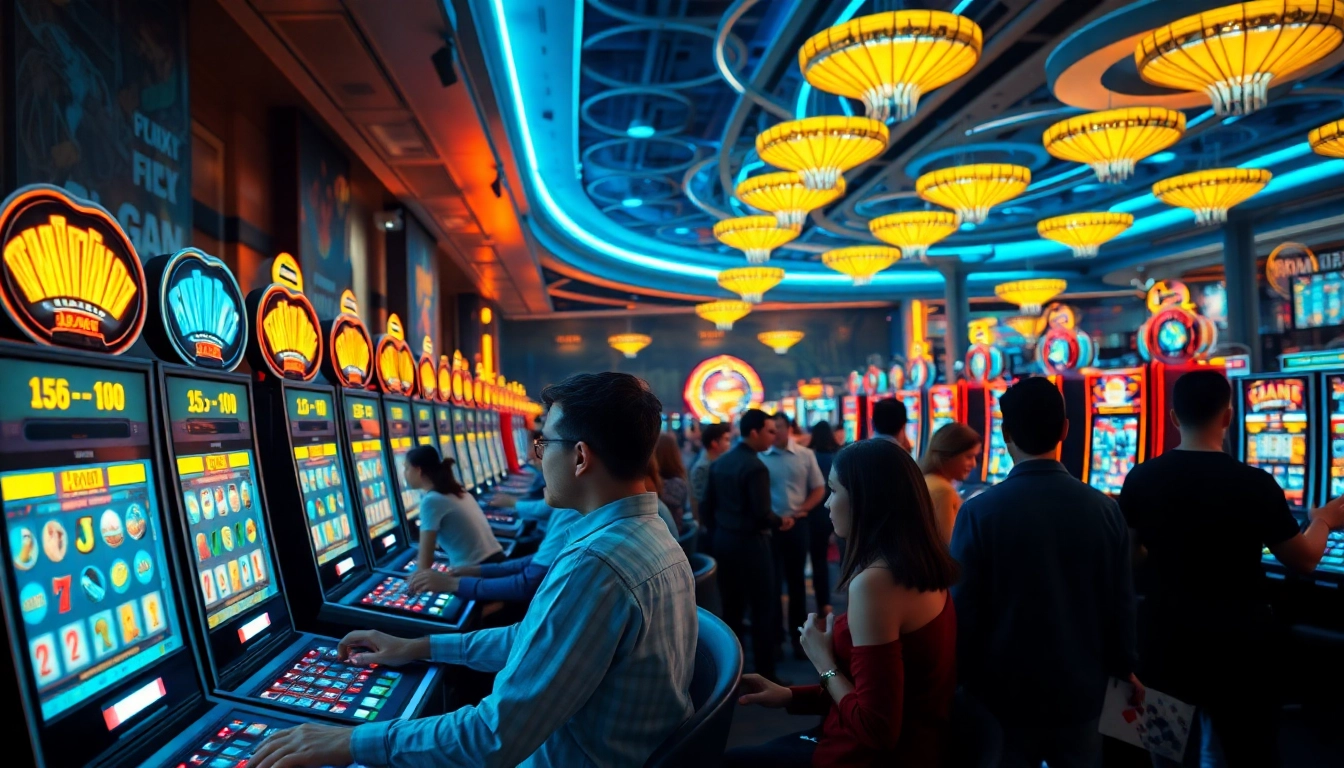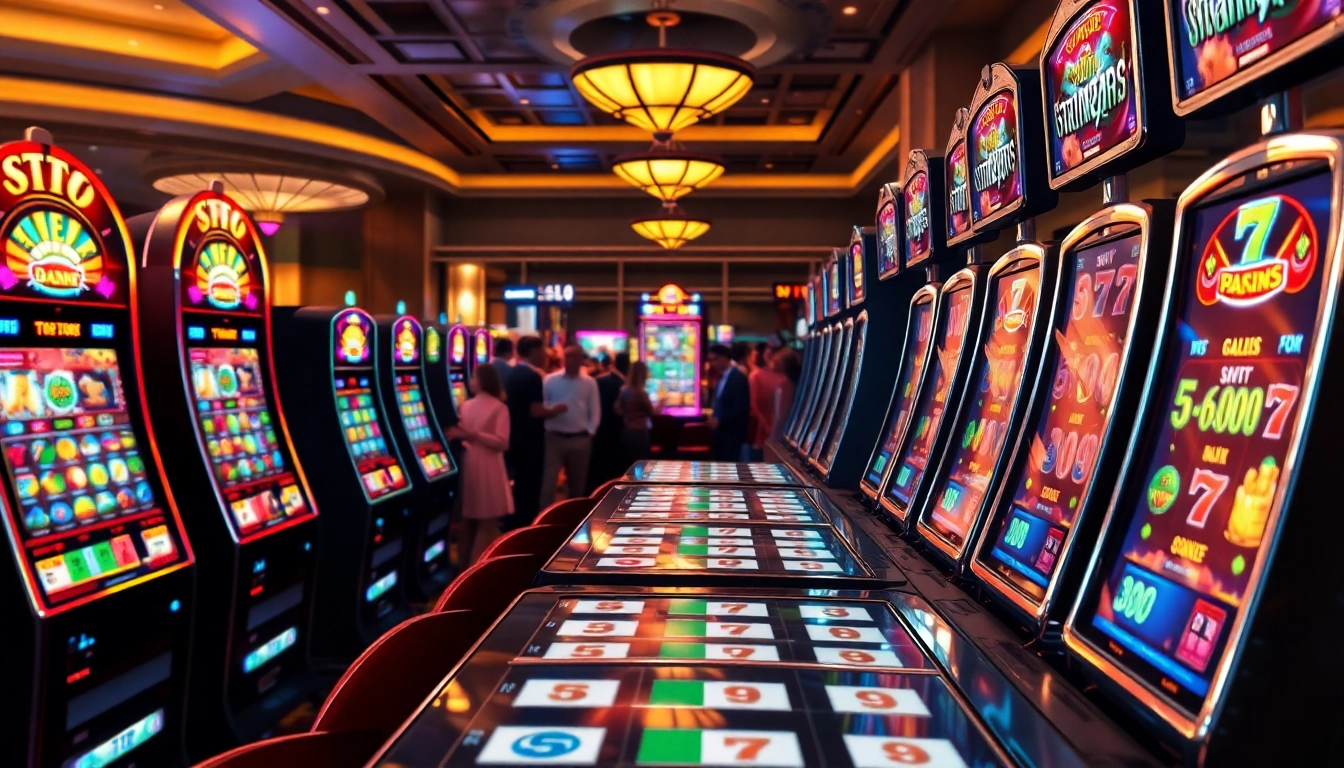
Understanding Landscape Paintings
Defining Landscape Paintings
Landscape paintings are a captivating genre of art that depicts natural scenery, showcasing everything from tranquil valleys and rugged mountains to serene lakes and vibrant gardens. This art form serves as a bridge between nature and human experience, immersing viewers in the beauty of the world around us. The essence of landscape paintings lies in their ability to evoke emotions, capture unique atmospheres, and tell stories through visual representation. Landscape paintings can encompass a range of styles and techniques, each bringing forth the unique touch and perspective of the artist.
The Evolution of Landscape Paintings
The roots of landscape paintings can be traced back to ancient civilizations, where depictions of landscapes served a functional purpose, often illustrating geographic and agricultural details. The genre underwent significant transformation during the Renaissance, emerging as a standalone genre rather than merely a backdrop for portraits or religious scenes. Artists like Leonardo da Vinci and Raphael began to invest more time in portraying natural landscapes, incorporating atmospheric perspective and light play to bring depth to their works.
As we moved into the Baroque period, artists such as Claude Lorrain and Jacob van Ruysdael advanced the portrayal of landscapes, celebrating the grandeur of nature. The Romantic era took it a step further, emphasizing emotional responses to nature and the sublime experiences it can elicit. Fast forward to the Impressionist movement, where artists like Claude Monet captured fleeting moments and the effects of light upon the landscapes, paving the way for modern interpretations that would challenge traditional confines. In contemporary art, landscape paintings have evolved even further, integrating mixed media, digital technology, and abstract expressions that resonate with personal and cultural narratives.
Famous Landscape Paintings Throughout History
Famous landscape paintings have left an indelible mark on art history, highlighting various artistic styles and philosophies. One exemplary piece is J.M.W. Turner’s “The Fighting Temeraire,” celebrated for its dramatic portrayal of a ship’s last journey against a captivating sunset, serving as both a historical narrative and a reflection on the passage of time. Another distinguished work is Caspar Friedrich’s “Wanderer Above the Sea of Fog,” which embodies the Romantic ideal of exploring the unknown and reflects personal introspection amid nature’s vastness.
Other influential landscape paintings include Vincent van Gogh’s “Starry Night Over the Rhône,” characterized by bold brush strokes and a vibrant color palette that evokes emotional resonance, alongside the serene beauty of the American Hudson River School featured in works by artists like Thomas Cole and Frederic Edwin Church, who painted majestic depictions of America’s natural identity, famously incorporating panoramic views of the American landscape.
Genres of Landscape Paintings
Natural Landscapes vs. Urban Landscapes
Landscape paintings can broadly be categorized into natural landscapes and urban landscapes. Natural landscapes feature picturesque scenes of untouched nature, emphasizing elements such as mountains, fields, rivers, and forests. These artworks often reflect themes of tranquility, human insignificance in the grand scheme of nature, and a deep appreciation for the environment. Many artists feel compelled to depict these landscapes to evoke feelings of peace and serenity.
Conversely, urban landscapes depict cityscapes, showcasing architectural wonders, bustling streets, and the vibrancy of human life. These paintings highlight the intersection of nature and human development, often incorporating elements of chaos alongside beauty. Artists like Edward Hopper and Gustav Caillebotte examined urban life and its complexity, portraying the beauty and isolation found amidst city scenes.
Abstract Landscape Paintings
Abstract landscape paintings offer a fresh perspective on traditional landscape forms, stripping away realism to focus on color, shape, and form. Influenced by movements such as Abstract Expressionism, artists like Wassily Kandinsky and Georgia O’Keeffe utilized abstraction to evoke emotional responses rather than depict geographical accuracy. The use of vibrant colors and innovative forms in abstract landscapes invites viewers to explore their interpretations and emotional connections to the piece, creating a more personal experience.
This genre encourages experimentation with medium and style, showcasing how landscapes can inspire creativity beyond the conventional representation of natural beauty. It allows artists to communicate their emotions and ideas through a lens that challenges traditional norms while still paying homage to the landscapes they are inspired by.
Seasonal Landscapes in Art
Seasonal landscapes create a dynamic narrative within the genre of landscape paintings, allowing artists to capture the unique beauty inherent to each time of year. Spring may evoke blooms and rejuvenation, as seen in Monet’s celebrated gardens, while summer landscapes might explore lush greens and vibrant skies. Autumn landscapes, such as those painted by Paul Cézanne, resonate with warm hues of red and gold, encapsulating a sense of change and the fleeting nature of time.
Winter landscapes often portray stark, serene beauty, where artists like Caspar Friedrich depicted the quietude and introspection of snow-covered terrains. Each season brings its own emotional weight and story, allowing artists to explore themes ranging from renewal and growth to rest and reflection, thus enhancing the narrative depth of their works.
Techniques in Creating Landscape Paintings
Color Theory in Landscape Paintings
Mastering color theory is crucial for creating impactful landscape paintings. Different color schemes can vastly alter the mood and atmosphere conveyed through a piece. For instance, warm colors such as reds and yellows can evoke feelings of warmth and excitement, while cool colors like blues and greens may contribute to a sense of tranquility and calmness.
Artists often utilize complementary, analogous, or monochromatic color schemes to enhance the visual appeal of their work. Skillful application of these color theories allows artists to depict light effects, atmospheric perspective, and depth within their landscape paintings. Understanding how colors interact with one another can enhance the painting’s emotional impact, engage viewers, and create a more immersive experience.
Brushwork and Texture in Landscape Paintings
Brushwork and the texture of a painting significantly contribute to its overall aesthetic and emotional resonance. Different techniques, such as impasto, enable artists to create tactile surfaces that engage viewers beyond the visual aspect. Thick layers of paint applied with bold, expressive brushstrokes can convey movement and dynamism, inviting audiences to contemplate the energy found within the scene.
Conversely, softer brush techniques can create smoother transitions and evoke calmness. Artists may also incorporate techniques like glazing or scumbling to achieve luminosity and depth, enriching the visual experience. The choice of brushwork ultimately reflects the artist’s emotional intent and deepens the viewer’s connection to the landscape being portrayed.
Choosing the Right Medium for Landscape Paintings
Landscape paintings can be created using various mediums, each offering distinct possibilities and challenges. Oil paints are favored for their rich pigments and versatility, allowing for vibrant colors, fine details, and blending techniques. Acrylic paints have gained popularity due to their quick drying time and flexibility, making it easier for artists to layer colors and create varied effects.
Watercolors, while more challenging due to their transparency, offer a unique quality and lightness that can beautifully represent ethereal landscapes. There are also mixed media approaches that enable artists to combine traditional methods with modern techniques, resulting in innovative works that push the boundaries of conventional landscape art. Each medium can significantly alter the final expression of a landscape and impacts the viewer’s perception of the artwork.
Displaying and Framing Landscape Paintings
Best Practices for Home Décor
Displaying landscape paintings in home décor can enhance the ambiance of a room, instilling a sense of harmony and connection with nature. To achieve this, consider the surrounding elements in your space, including color schemes, furniture styles, and available lighting. It’s often best to place larger landscape artworks in focal points of a room, such as over a sofa or fireplace mantle, to draw the eye and create a visual anchor.
Additionally, pairing landscape paintings with complementary textures and materials can enrich the visual experience. Incorporating natural elements such as plants or wooden decor can reinforce the themes of nature present in the artwork. Moreover, thoughtful lighting that highlights the painting can elevate its presence and metamorphose the atmosphere of the space.
Framing Options for Landscape Paintings
Choosing the right frame for landscape paintings can significantly impact the artwork’s presentation and perceived value. Frames can enhance or detract from the visual qualities of the painting, making it essential to select one that complements the artwork’s style. A traditional, ornate frame may suit classical landscape paintings, while a sleek, minimalistic frame might be more appropriate for contemporary works.
Wider frames can provide a gallery-like presentation, whereas thinner frames may create a more casual feel. Additionally, consider using matting to provide visual separation between the artwork and the frame, enhancing the presentation further and adding a professional touch. The choice of framing can also protect the artwork, ensuring it maintains its integrity and beauty over time.
Creating a Gallery Wall with Landscape Paintings
A gallery wall featuring landscape paintings can transform an ordinary space into a stunning visual narrative. To create an engaging gallery wall, begin by selecting a cohesive theme or color palette that reflects the artworks’ moods or styles. Mixing a variety of sizes and orientations can evoke visual interest, as well as varying framing styles to add depth.
Planning the layout on the floor or using tape on the wall can help visualize the arrangement before committing to any changes. Hanging the artwork at eye level ensures optimal viewing, allowing the top of the frame to be around 57-60 inches from the floor. Balance and symmetry can play vital roles in creating a harmonious atmosphere, inviting viewers to engage with the curated selection of landscape paintings beautifully displayed.
Buying Landscape Paintings
Where to Find Original Landscape Paintings
Finding original landscape paintings can involve exploring various venues, including galleries, art fairs, and exhibitions. Local art shows and events often showcase emerging artists, making them excellent opportunities to discover unique pieces at approachable prices. Online platforms also provide access to a vibrant array of landscapes, connecting art lovers with talented artists from around the globe. Websites specializing in original artwork can help buyers find specific styles and preferences.
Additionally, connecting with local artists through artist collectives or art organizations can prove fruitful in acquiring distinctive landscapes that resonate personally. Social media has also broadened the access to discover and support independent artists, often resulting in direct purchase opportunities. Building relationships with artists can enhance your collection while promoting creative communities.
Price Ranges for Landscape Paintings
Understanding the price ranges for landscape paintings is crucial for prospective buyers. Prices can vary dramatically depending on factors such as the artist’s reputation, the size of the painting, the medium used, and its provenance. Emerging artists may offer original works starting from a few hundred dollars, while established artists or significant works may range from thousands to tens of thousands of dollars.
Occasionally, artworks sold at galleries will have a marked up price due to the gallery’s commission, thus buyer’s should factor in whether they are purchasing directly from the artist or through a representative. Competitively priced online platforms can sometimes provide a more accessible means to find diverse landscapes that suit varying budgets without sacrificing uniqueness or quality.
Collecting and Investing in Landscape Paintings
Collecting landscape paintings can be a fulfilling endeavor, whether it stems from personal appreciation or the intent to invest. Art collectors should strive to educate themselves about market trends, emerging artists, and the historical significance of artworks to make informed decisions. Engaging with art advisors or specialists can provide invaluable insights, aiding collectors in curating a collection that is both personally meaningful and financially viable.
Investors should also consider the potential for value appreciation, with untapped artists having a promising trajectory. However, it’s essential to assess authenticity and provenance diligently, ensuring that investments are sound and ethically sourced. Building a collection requires patience and a keen eye, but the joy of collecting landscape paintings can yield not only aesthetics but also lasting legacy.







